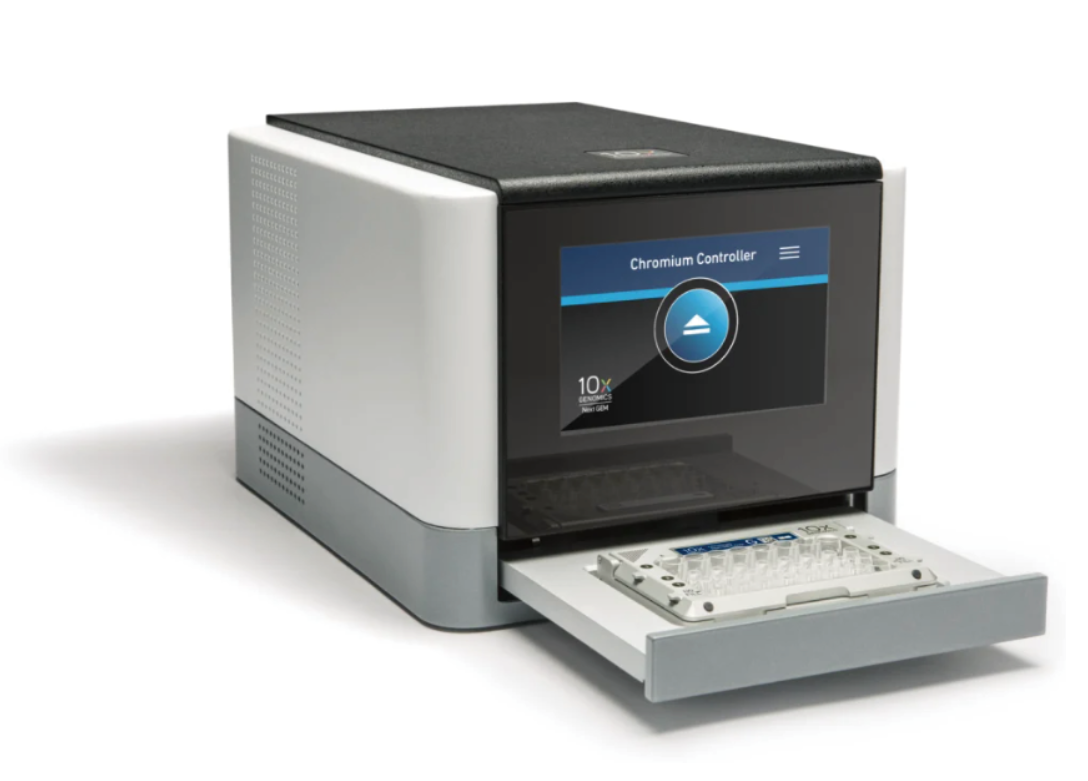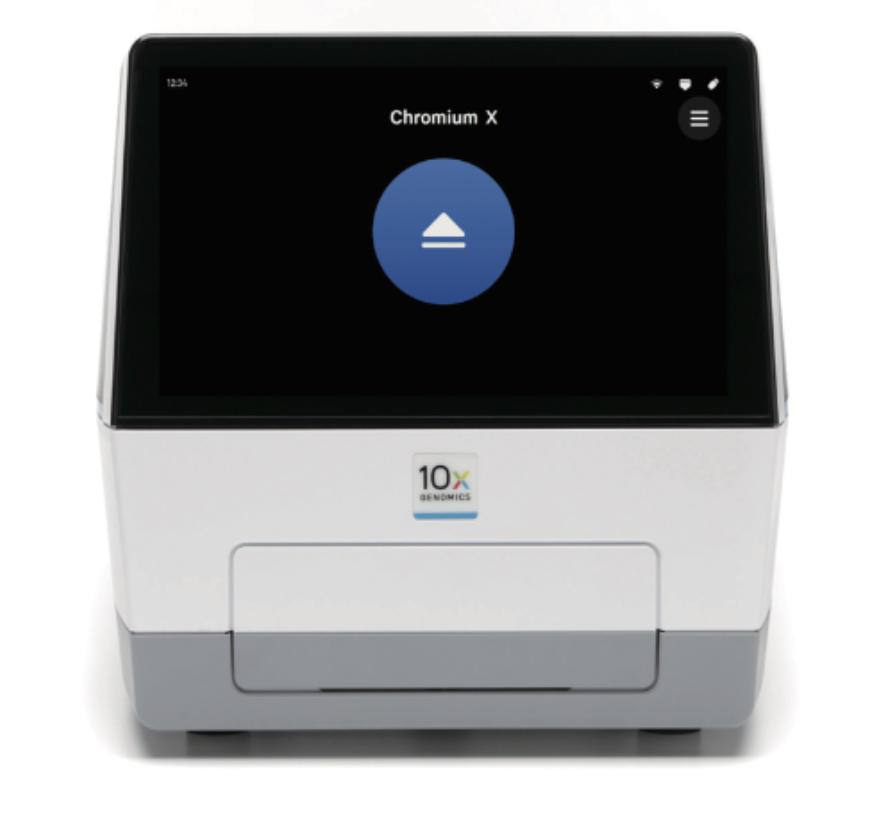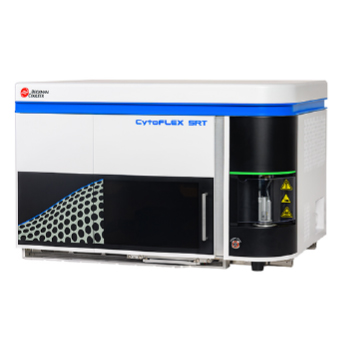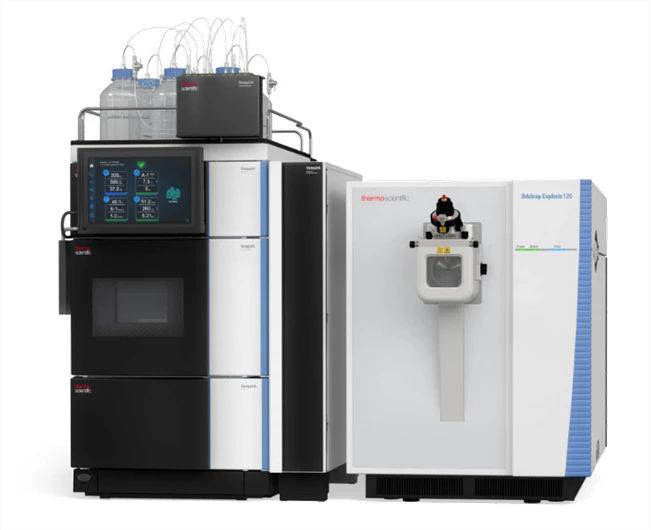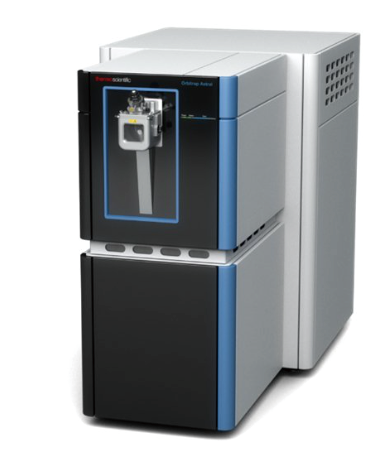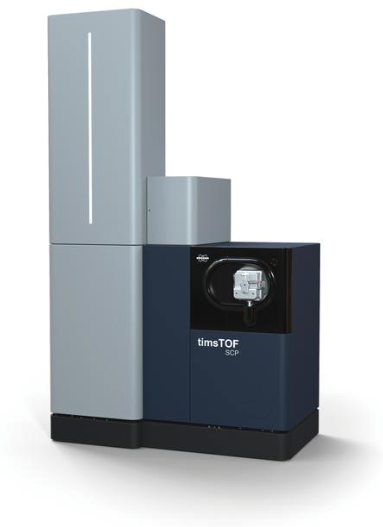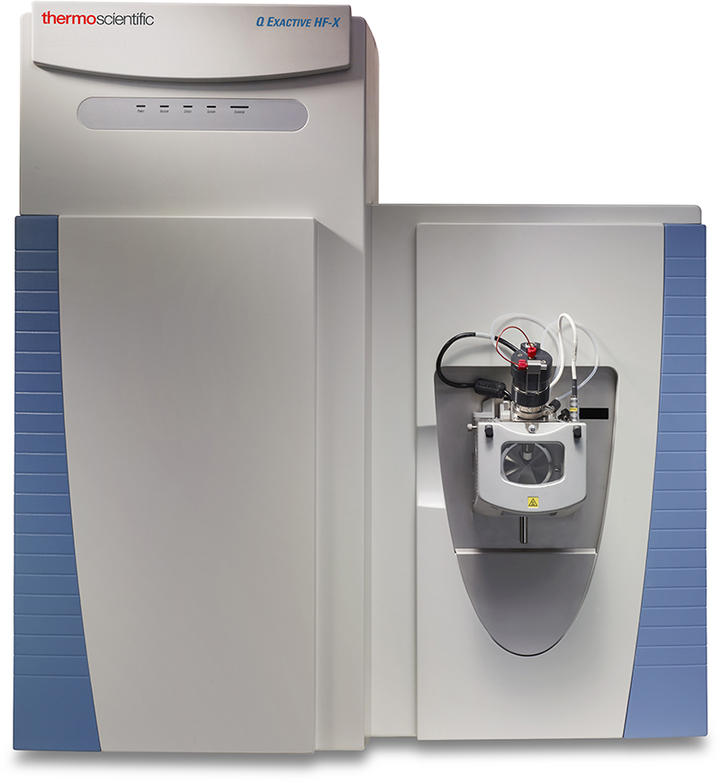Abstract
The increasing utilization of silver nanoparticles (Ag NPs) in industry and commerce inevitably raises its release into wastewater. In this work, effects of Ag NPs on system performance and microbial community along the way of a vertical ?ow constructed wetland (VFCW) were investigated, along with the removal and fate of Ag NPs within the system. Results showed that the performance of control wetland kept stable during the experimental period, and the top substrate layer (soil layer) of wetland could remove most of pollutants in the in?uent. The study also suggested that addition of Ag NPs did not signi?cantly affect organic matters removal. However, adverse effects were observed on the nitrogen and phosphorus removal. Removal ef?ciencies of TN, NHt4-N and TP approximately obviously reduced by approximately 10.10%, 8.42% and 28.35% respectively in contrast to before dosing after exposing 100 mg/L Ag NPs for 94 d, while the no dosing wetland with the stable performance. It was found that Ag NPs accumulated in the upper soil layer more than in the lower soil layer, and Ag NPs could enter into the plant tissues. After
continuous input of Ag NPs, removal ef?ciency of Ag NPs was measured as 95.72%, which showed that the CW could effectively remove Ag NPs from the wastewater. The high-throughput sequencing results revealed that Ag NPs caused the shifts in microbial community structures and changed the relative abundances of key functional bacteria, which ?nally resulted in a lower ef?ciency of biological nitrogen and phosphorus removal.
Text link
https://www.sciencedirect.com/science/article/pii/S0045653518302315











